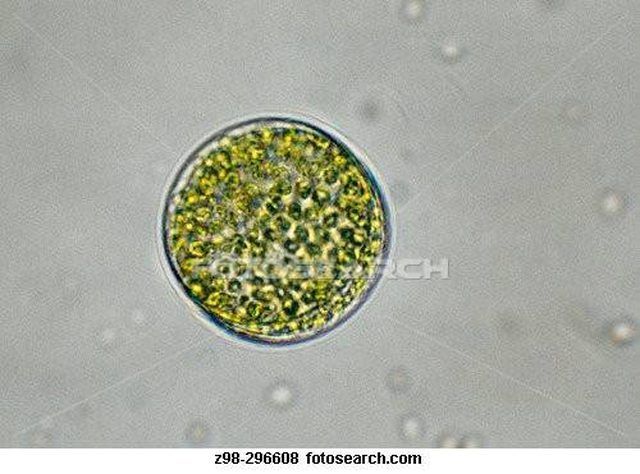Bulbs
Flower Basics
Flower Beds & Specialty Gardens
Flower Garden
Garden Furniture
Garden Gnomes
Garden Seeds
Garden Sheds
Garden Statues
Garden Tools & Supplies
Gardening Basics
Green & Organic
Groundcovers & Vines
Growing Annuals
Growing Basil
Growing Beans
Growing Berries
Growing Blueberries
Growing Cactus
Growing Corn
Growing Cotton
Growing Edibles
Growing Flowers
Growing Garlic
Growing Grapes
Growing Grass
Growing Herbs
Growing Jasmine
Growing Mint
Growing Mushrooms
Orchids
Growing Peanuts
Growing Perennials
Growing Plants
Growing Rosemary
Growing Roses
Growing Strawberries
Growing Sunflowers
Growing Thyme
Growing Tomatoes
Growing Tulips
Growing Vegetables
Herb Basics
Herb Garden
Indoor Growing
Landscaping Basics
Landscaping Patios
Landscaping Plants
Landscaping Shrubs
Landscaping Trees
Landscaping Walks & Pathways
Lawn Basics
Lawn Maintenance
Lawn Mowers
Lawn Ornaments
Lawn Planting
Lawn Tools
Outdoor Growing
Overall Landscape Planning
Pests, Weeds & Problems
Plant Basics
Rock Garden
Rose Garden
Shrubs
Soil
Specialty Gardens
Trees
Vegetable Garden
Yard Maintenance
How to Grow Phytoplankton
How to Grow Phytoplankton. Phytoplankton are microscopic plantlike organisms that are invisible to the naked eye. These microscopic plants make their own food using nutrients from breaking down organic wastes. Phytoplankton provide direct and indirect energy sources as the base of the food chain. They grow in abundance in ecosystems in the sea. You...

Phytoplankton are microscopic plantlike organisms that are invisible to the naked eye. These microscopic plants make their own food using nutrients from breaking down organic wastes. Phytoplankton provide direct and indirect energy sources as the base of the food chain. They grow in abundance in ecosystems in the sea. You can also grow your own for a school science project or for your own personal use by following a few simple steps.
Things You'll Need
0.5 kg potting soil
1-liter container
5 ml sea water
Vegetable steamer
500-ml flask
Eyedropper
Phytoplankton
Piece of cotton
Fluorescent light
Put 0.5 kg of potting soil in a 1-liter container and cover it with 500 ml of sea water. Heat the mixture with steam (do not boil) in a vegetable steamer on two consecutive days for 2 hours each time.
Pour off the excess water after the soil settles. Heat the saved water to 73 degrees C again on two consecutive days. Put the remaining product (the soil and the water mixture) into a sealed flask.
Start a phytoplankton culture by pouring 250 ml of the nutrient solution into a 500-ml flask. Using an eyedropper, collect some phytoplankton algae from the ocean and put it into the flask. Seal the flask with a piece of cotton.
Keep the flask under a fluorescent light. Keep it away from bright and direct sunlight. Shake the flask regularly to keep the phytoplankton from sticking to the sides or settling on the bottom.
Once the mixture begins to grow, it will change color and appearance. Increase the chances of the phytoplankton's survival by placing the flask in the refrigerator.
Tips & Warnings
Keep notes in a notebook of all the changes taking place in the phytoplankton flask. Look for changes in smell and color. If you have a microscope, check for a multiplication of organisms.
Wear a pair of gloves, goggles and a mask to protect your hands, eyes and face from strange microscopic organisms you might not see while you work.